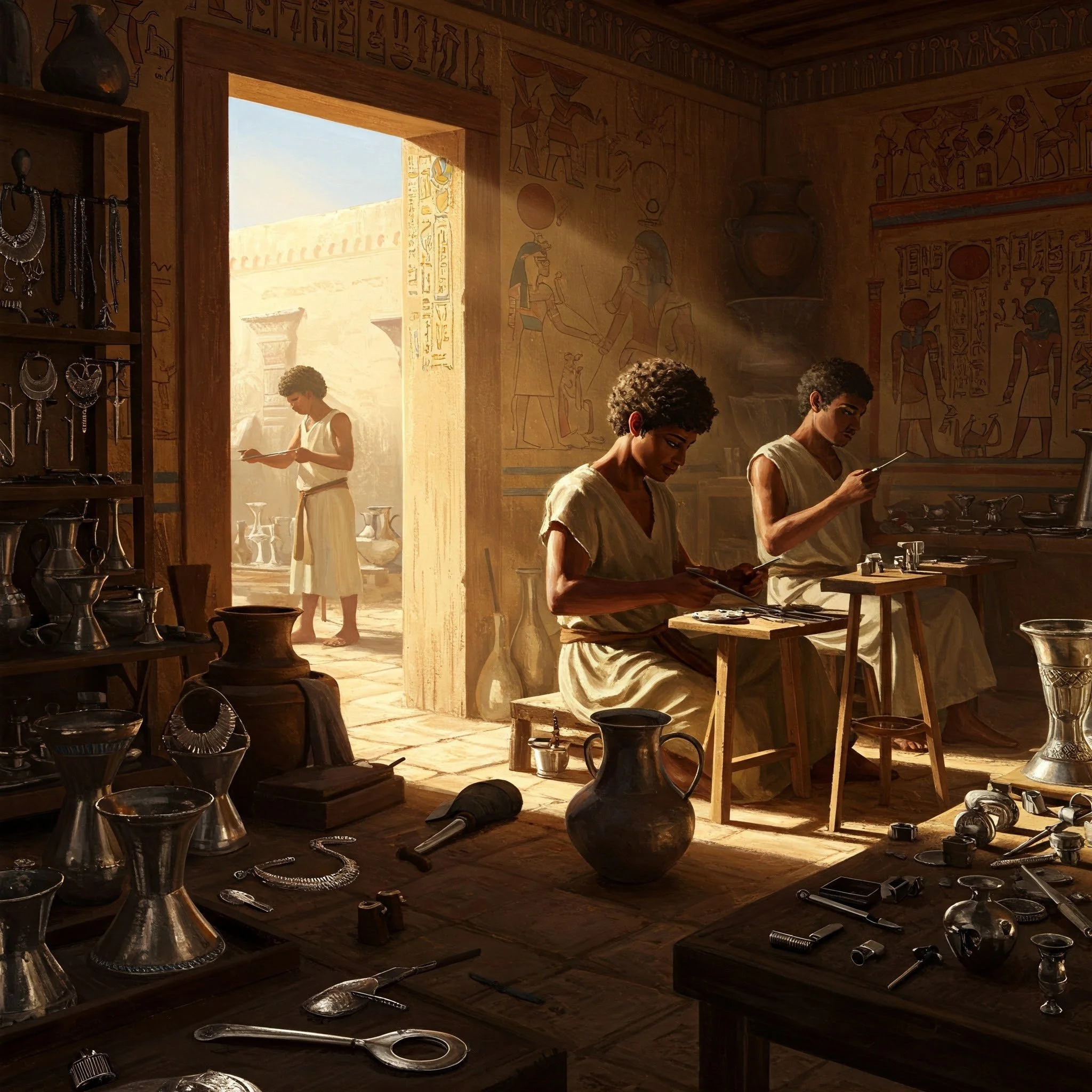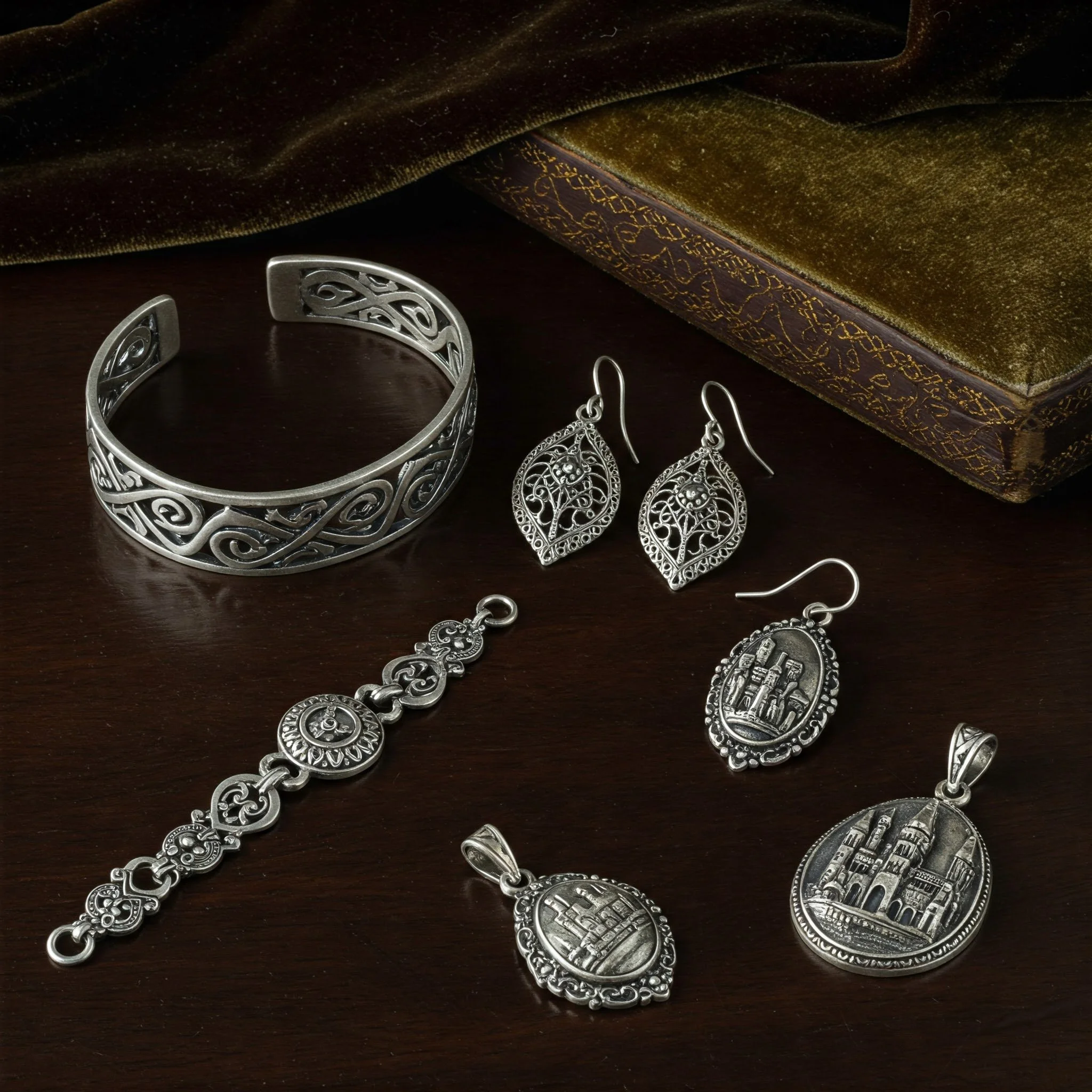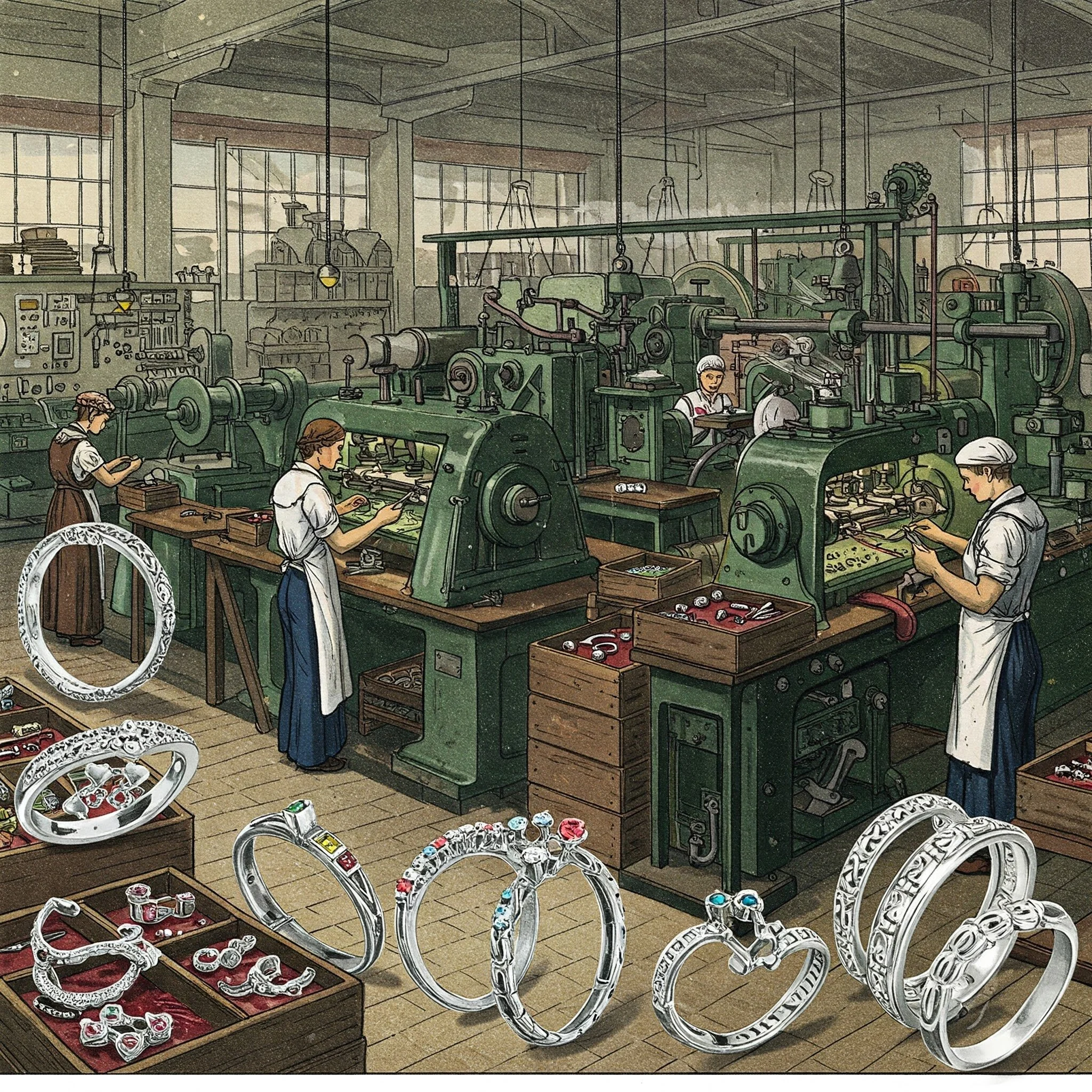During the medieval and Renaissance periods, sterling silver was used to create elaborate ecclesiastical pieces, ceremonial objects, and personal adornments.
Silversmiths developed sophisticated techniques, including filigree, granulation, and chasing, to create intricate and breathtaking designs.







